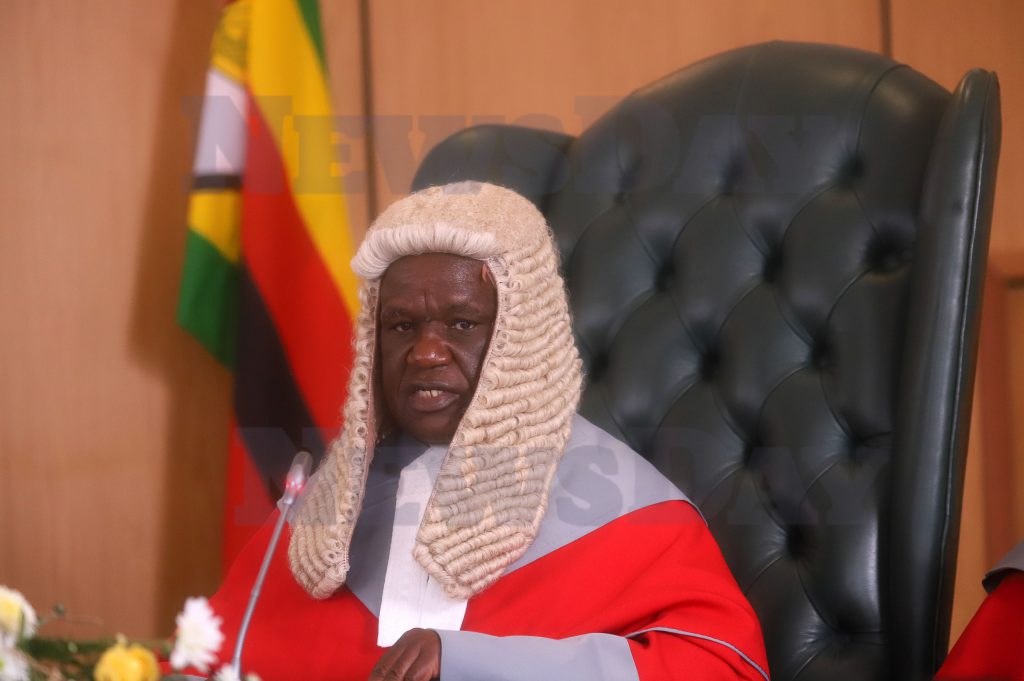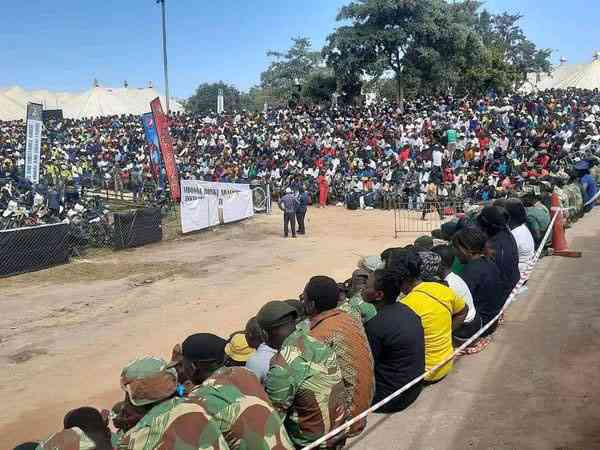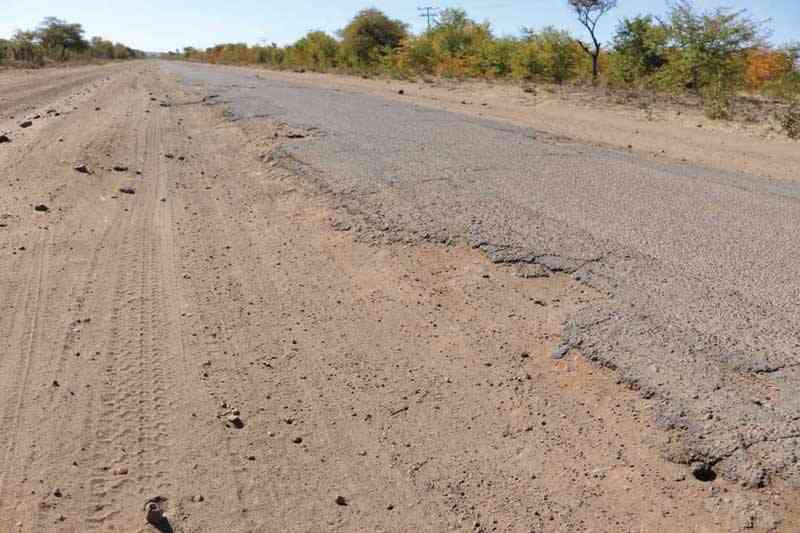
By Munyaradzi Gwisai
Justice, Legal and Parliamentary Affairs minister Ziyambi Ziyambi’s unhinged, incendiary attack not only on perceived opposition-nominated judges but in particular “securocrat” stalwart High Court Judge President George Chiweshe and the threat to “transform” the Judiciary reflects a qualitative change in the elite factional and tribal fights within the junta — increasingly approximating those of 2017.
On one hand, there is the “Zanu PF-tribalised Lacoste faction” —around an emerging Midlands-centred Karanga elite aristocracy, which is trying to lure into an alliance, as junior partners, other historically aggrieved sections of the anti-colonial nationalist movement, namely Karanga elite from Masvingo and sections of the ex-Zipra, Zapu and Ndebele elites — the so-called south-south alliance.
On the other hand, there is a Vice-President Constantino Chiwenga-led tribalised securocrat faction supported by the hirtheto dominant and entrenched Zezuru elite aristocracy that faces displacement by the Karanga elite aristocracy.
Ziyambi’s inflammatory statement discloses his faction’s panic over a re-emerging cross-party elite alliance of the military-State-judicial and opposition elite backed by imperialist powers that was the framework that facilitated the November 2017 coup.
President Emmerson Mnangagwa’s crude drive for a regionalised imperial life presidency in Constitutional Amendment No 2, perceived brazen corruption of the First Family, its cronies especially in the cartels and the year-long unrelenting savage attacks on MDC Alliance have created the basis for this emerging anti-Mnangagwa elite alliance, for now playing out in the Judiciary.
Underlying all this as in 2017 is an unresolved, deepening economic crisis and huge austerity attacks on workers, youths, the poor and lower middle classes.
For now it remains an intra-ruling class, middle class-inspired and driven conflict, which may potentially lead to another military intervention as in the November 2017 coup. Or it fizzles out if the junta elite finds each other.
- Chamisa under fire over US$120K donation
- Mavhunga puts DeMbare into Chibuku quarterfinals
- Pension funds bet on Cabora Bassa oilfields
- Councils defy govt fire tender directive
Keep Reading
Maybe the opposition middle class elite will again be played to provide a popular face to save a regime in terminal crisis as in November 2017 and the 2009 Government of National Unity, and cry afterwards.
But what may be different from November 2017 is the role of the working class and urban youths.
In 2017, they were naive pawns used by the middle-class elite across the political divide.
But today they have learnt from that bitter experience. And most importantly, the unrelenting and unmitigated neoliberal austerity war on them under Finance minister Mthuli Ncube, especially the United States dollar wage theft in a “dollarised” economy has radicalised the working class and youths, and improved their potential unity as shown by the unprecedented walkout from the tripartite negotiation forum by disparate labour federations following their joint unions’ wage summit, including those historically sympathetic to the regime.
The current deepening intra-elite fights can potentially develop into a wider inter-class social political conflict with revolutionary implications, if the working class and youth move in as a separate and independent force.
The present situation will dramatically change if the working class and youth seize the moment and enter into the equation — adding their economic anti-austerity class demands to the democratic ones already in play around the retirement of Chief Justice Luke Malaba and Constitutional Amendment (No 2) Act.
No other class under capitalism possesses the same level of social weight and power and capacity to unite all oppressed classes against oppression and exploitation than the working class.
This is the lesson from Sudan 2019, Malawi 2020, Egypt 2011 and Zimbabwe in January 2019 and December 1997, and of course, most importantly historically, the 1917 revolutions in Russia.
The most critical demand that motivates and inspires workers across federations, politics, unionisation, gender or tribe is that of restoration of the September 2018 US dollar salaries and pensions.
This, supported by demands for the return of all commuter omnibuses, 100% US dollar payments to all small-scale tobacco, cotton, maize farmers and artisanal miners as the economy has dollarised. And an immediate moratorium on all school, college, university tuition and examination fees for the second term is the noble thing to.
United action, including protests, boycotts, demonstrations, general strikes and national shutdowns, organised around these demands and led by a united front of workers can win widespread support and dramatically change the current situation. Forget 2023, the regime will not reform itself out of power as previously stated by one of its former ideologues. People’s power is the solution.
The precondition to avoid a repetition of November 2017 is an independent class action, organisation and leadership of the resistance by a united front led by advanced workers supported by the radical youths.
Such united and immediate intervention by the working class and youths can decisively change and transform the current escalating intra-elite fights into a revolutionary inter-class economic and political struggles and correct the mistakes of November 2017. Are the advanced workers and youths ready to take up this historic challenge?











